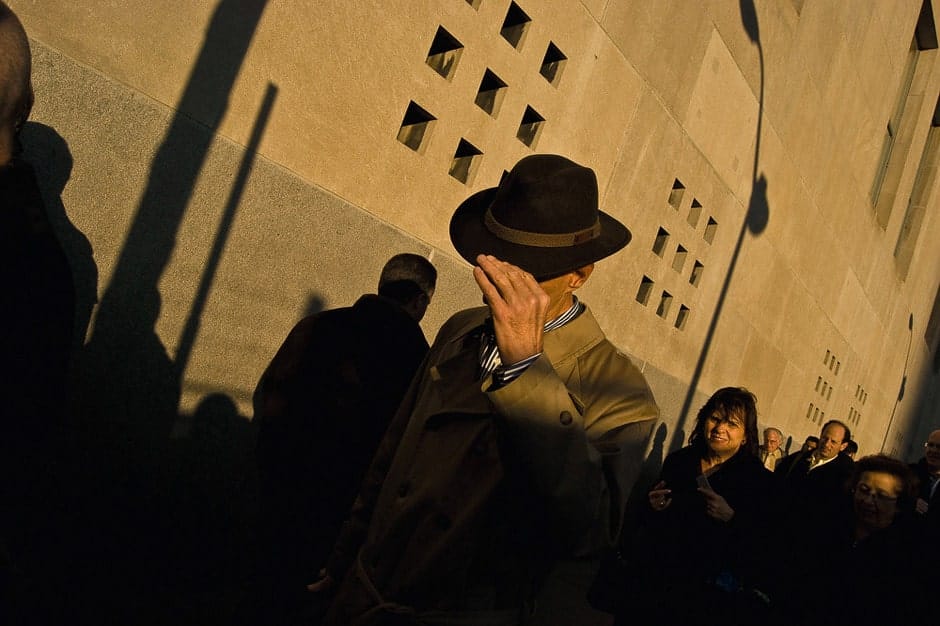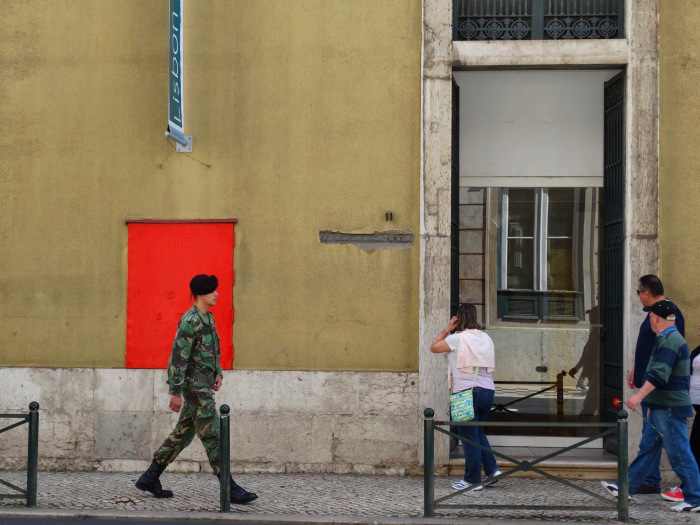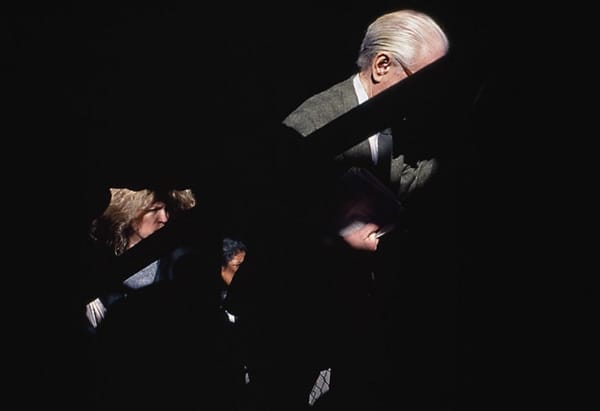Patrick Joust is a Baltimore-based self-taught street photographer. His work documents the people and places of Baltimore but at the same time it creates what the photographer describes as a magical realist world of his own.
I feel like I struggle a bit internally with the desire to document and the desire to create, through a sequence of images, my own world that’s dominated by my imagination.
What makes Patrick Joust’s photography unique is his passion for shooting with old mechanical film cameras. The camera, however, be it mechanical or digital, is a medium of exploring the world around him.

Patrick Joust, 2015 © Christopher Hall
I do feel that film is almost like treasure. A lot of people who use it feel that way. It’s a luxury in more ways than one.
I am grateful for the opportunity to have interviewed another talented artist. Patrick’s work, both documentary and subjective, has won be over. Needless to say, Patrick Joust is one of the inspirational street photographers out there you should follow today.
G.M. Could you please tell us about your first encounter with photography? What made you start as a photographer?
P.J. Moving to Baltimore is what inspired me to take up a camera. I came here as a volunteer (AmeriCorps) for a small nonprofit. It involved going to many different parts of the city. I found myself wanting to take pictures of much of what I saw. It took many years for me to really figure out how I wanted to express myself with a camera, but it all started in Baltimore.
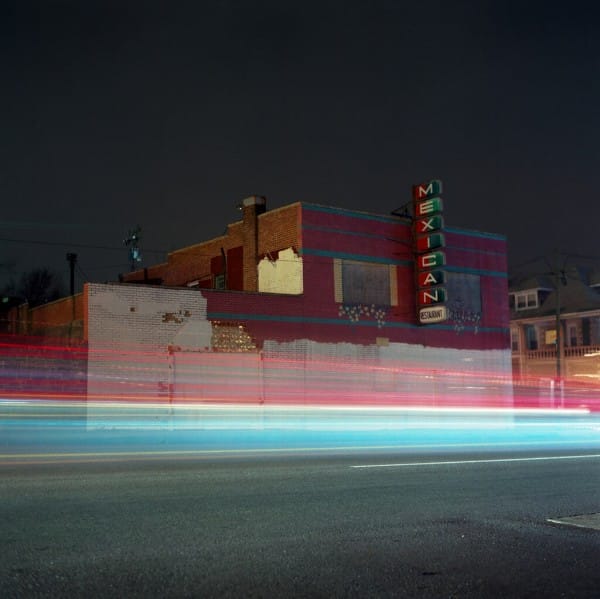
Still © Patrick Joust Photography
G.M. Most of your street photographs are captured with film cameras. Is there a story behind shooting on film? What is it that makes it better for you?
Well, I started with film, so that’s part of it. I was born in 1978. Digital didn’t enter into the mainstream until I was well into adulthood. When I bought my first digital SLR, in 2005, I did go through a time when I thought I might not shoot film again. It seemed logical to conclude that this was the next step in the technology and that film was obsolete. The fact that you could shoot digital and not have the expense of buying and processing film was pretty attractive too. Frankly, at that time, I thought of film as just a medium to record images on. Even though I had been shooting for a couple years, my appreciation of photography was limited.

Still © Patrick Joust Photography
It wasn’t until I started shooting medium format film in 2008 that I began to get a broader sense of the variety and depth film offered. I just loved the results I was getting. Shooting medium format actually made me appreciate 35mm, instant film, and other formats. I appreciated both what I had been missing but also what had been right under my nose all along. One of my favorite photographers, Toshihiro Oshima, said
“I don’t think film will be completely dead but it could possibly become one of the most luxurious things in the years to come.”
I do feel that film is almost like treasure. A lot of people who use it feel that way. It’s a luxury in more ways than one.
All that being said, I’m not an either/or kind of person. I can’t give up film, but I enjoy shooting digital. The economics and convenience of digital are hard to ignore. I’m passionate about film photography, but I think it’s wrong-headed and unnecessary to put down digital. You don’t have to spend all that much to take decent digital pictures. I’d say the economics of digital have helped my film photography since I’ve been able to expose thousands of digital frames without the frustration of spending a lot on film. That was especially useful in leaner years when I was an AmeriCorps volunteer or a student working part time.
This is art, after all, it’s not about the latest technology. The materials we use should be about how we want to express our personal vision, that’s all.
There are a lot of different factors that contribute to my continued interest in film. It’s not nostalgia or about slowing down the process. It’s just the aesthetics. I love the way it looks. I’ve long felt that digital is just another format for photography. It’s great and powerful, but it doesn’t replace film.

Dundalk © Patrick Joust Photography
I just watched the documentary Time Zero: The Last Year of Polaroid Film. One of the most basic points being made by the advocates of instant photography is that its qualities can’t be replicated digitally, which is true.
It’s amazing how obviously fake digital polaroids are.
I’m sure it’s possible for someone to be so good at editing their digital photos that they can trick someone into thinking it’s the real deal, but it doesn’t seem easy and of course, there’s no replicating the physical product you get from shooting instant film. That’s not to disparage digital; they’re just different. Both have value.
This is art, after all, it’s not about the latest technology. The materials we use should be about how we want to express our personal vision; that’s all.
G.M. What photographic project is held dearest to your heart and why?
I’m not really all that project oriented though I do enjoy organizing my work into sets and collections and thinking about the different connections between my images. I guess the closest thing I have to a project is my ongoing chronicle of the people and places of Baltimore. The longer I’ve lived here, the more connected I feel to the city and the more opportunities I see.
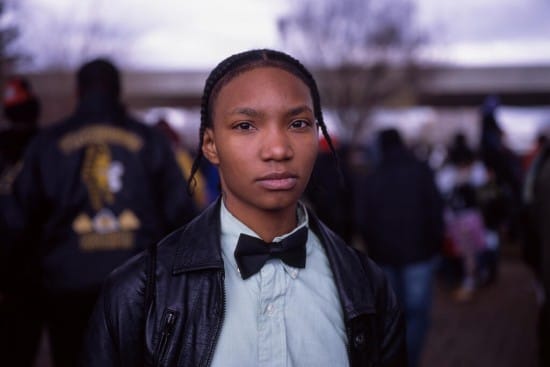
© Patrick Joust Photography
I’ve been thinking about this for a while, but since the Baltimore Uprising, I’ve been trying to figure out how to create a book on much of my Baltimore work. It’s hard to narrow things down, but probably my 6×6 portraits. Time is the challenge, but I’d love to have something together by next year. We’ll see.
Ideally maybe I can do a little bit of both. Create a sort of magical realist world of my own while also a more straightforward (though still subjective) view of Baltimore that encourages empathy and inspires.
I feel like I struggle a bit internally with the desire to document and the desire to create, through a sequence of images, my own world that’s dominated by my imagination. Of course, every photographer comes with a subjective point of view but I’ve been thinking a lot lately about the photographs that I don’t take. Photographs that would probably be good, but that don’t fit into my own ambiguous vision for what I want to do through photography.

“surreal density” © Patrick Joust Photography
I recently watched a short documentary on Daido Moriyama in which he said:
“I am creating my own home by connecting pieces of images from my imagination and things I saw as a child. That’s how I feel about my work.”
I think that gets at what I’m trying to do, and maybe what a lot of my favorite photographers are doing as well. I like to connect places I’m from and places I visit to where I live now and somehow create a new world from those elements that work together.
Still, I get tugged back into more straightforward documentary work, especially because of the recent events in Baltimore. I feel a strong desire to give something with my photography though I’m not sure that’s possible or is something that’s wanted/needed. So there’s a little struggle there, which I’m not articulating too well, but that I think about often. Ideally maybe I can do a little bit of both. Create a sort of magical realist world of my own while also a more straightforward (though still subjective) view of Baltimore that encourages empathy and inspires.
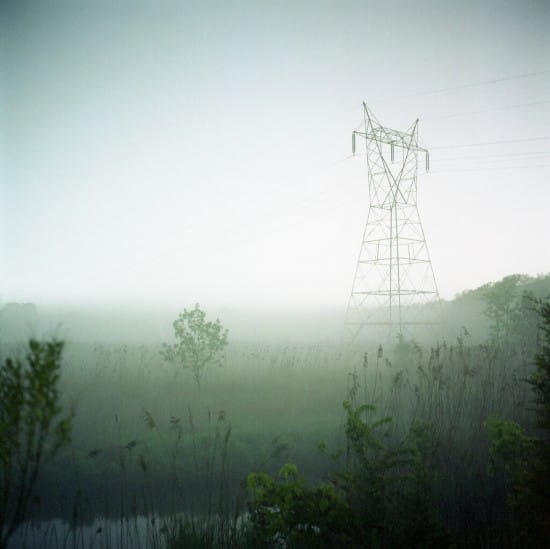
Still © Patrick Joust Photography
G.M. How important is post-processing in your work? Is there an editing software you prefer using?
P.J. It’s important. I’ve used Adobe Lightroom for years. I basically have a hybrid film/digital process. I’ve made a few darkroom prints, but my approach is to have my film developed and then scan the negatives/positives. I then run everything through Lightroom where I take care of issues like dust, exposure correction, straightening, etc.
There are limits to what you can do in digital post-processing, but there’s still a lot of latitude there and I’ll do whatever it takes to try and make a picture work. One of the pleasures of shooting film is that the emulsion you choose limits your options but also creates less work in post-processing. So post-processing is important, but I’m glad I don’t have to spend a great deal of time on it, the way I might have to if I only shot digital.

“surreal density” © Patrick Joust Photography
G.M. What camera gear do you currently use? Do you take with you any additional equipment on a shooting day?
I use a variety of different cameras, but ones that get the most use include my Mamiya C330, Fujica GW690, Olympus XA, Konica Hexar, Ricohflex, Rollop, and Canon 6D. I use a tripod and cable release for my long exposures, but that’s about it in terms of extra equipment.

“surreal density” © Patrick Joust Photography
G.M. Where do you find inspiration? Could you name a few photographers that you consider influential for your style?
P.J. All over the place. Robert Frank is one. I don’t think I have a lot of pictures that look like his, but he was an early influence, largely because of the social aspects of his work. Wendy Ewald, Greg Girard, Milton Rogovin, Saul Leiter, Vivian Maier, Justine Kurland, Gordon Parks.
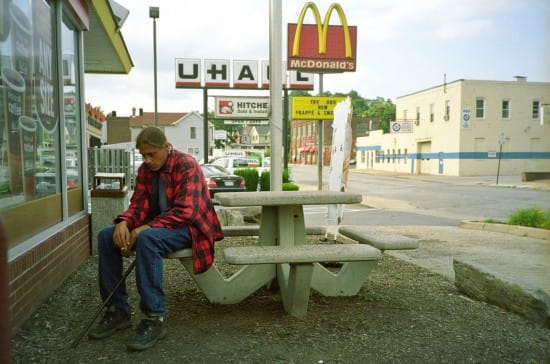
“surreal density” © Patrick Joust Photography
G.M. How would you define your photography in three words?
P.J. skipping this one
G.M. If you could start again as a photographer is there anything you would do differently? Are there any sectors you’d like to explore more?
P.J. I don’t like to dwell too much on things I’d do differently. I got into photography pretty late, only in my mid-20’s and even then it took me years to get “good” at it. I sometimes wish I’d gotten into it sooner when I was a teenager, especially since I took several trips to Europe and around the country and it would have been great to capture some of that. But I had a completely different mindset at the time, so it’s not so much that I didn’t have a camera in my hands but that I didn’t think of myself as a creative person.
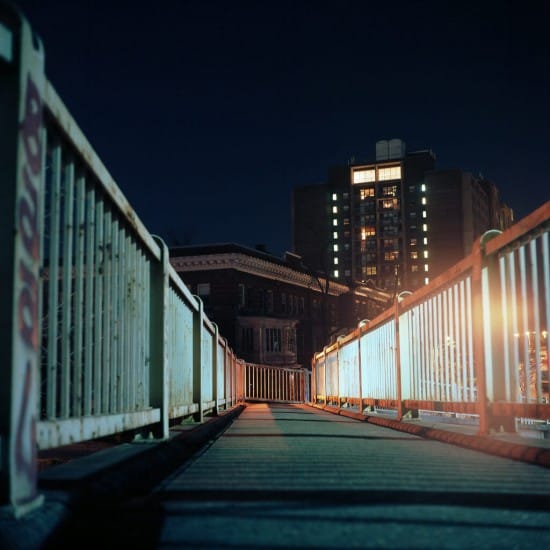
Still © Patrick Joust Photography
I looked at a lot of art, though. I was obsessed with going to the great art museums of the U.S. and Europe. I was such a nerd that I skipped school to go to the Vermeer exhibit when it was in Washington, D.C. I also read a lot and watched a lot of movies. Maybe all of that was a kind of preparation for now, even if it didn’t directly involve taking my own photographs or making other types of art.
G.M. If it weren’t for photography, what else would you do?
P.J. Maybe paint or write or something. I would hope I’d find something creative to do. I wrote bad poetry for a while. Photography has been an especially good fit for me. I enjoy writing, but it also tires me out. I could never maintain a proper blog dedicated mostly to writing. Maybe I’d really get into video games. I dunno.
G.M. Any words of wisdom for photography enthusiasts at the beginning of their journey?
P.J. Have fun.

Baltimore Folk © Patrick Joust Photography
G.M. Can you tell us a bit about your future projects?
P.J. Well I recently returned from a trip to northern California. I’m scanning the pictures as I type. I’m from California originally and visited some places I haven’t seen since I was a kid. I also went to Yosemite for the first time, and it was beautiful. There are so many places I want to go and so many places I want to revisit. I’d also like to photograph more in Pennsylvania, where I went to high school and college. As long as I’m healthy and able, you can definitely expect more from me.
Thank you, Patrick, for an inspiring interview and fascinating insight into the art of street photography.
Discover more of Patricks’s photographic stories on his official website, Facebook page, Tumblr, Flickr.
Disclaimer: All images featured in this post belong to Patrick Joust and are protected by copyright. Exception makes Patrick’s portrait taken by Christopher Hall.
I hope you enjoyed reading the interview. For any questions or suggestions, feel free to drop a line in the comment section below. Cheers! 







